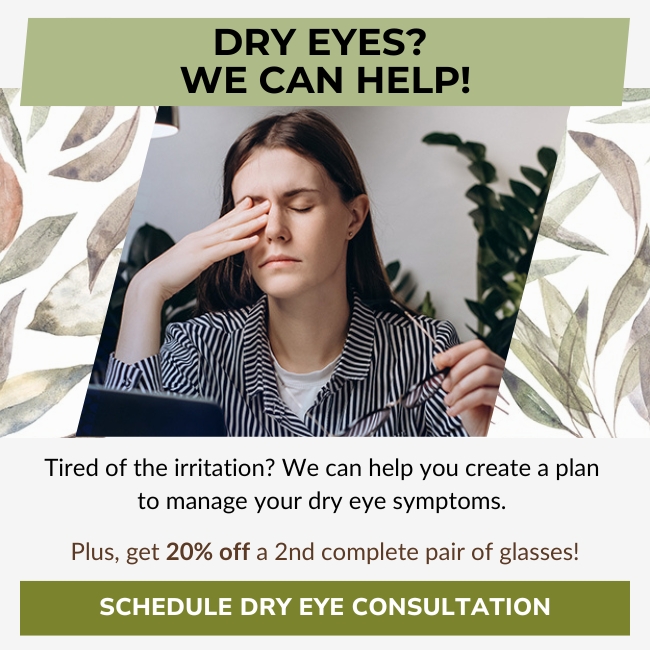Glaucoma is a term many of us have heard, but how much do we really know about it? It’s surprising how little clarity there is for something that affects millions’ health. Simply put, yes, glaucoma is an eye disease.
But it’s much more than that. It’s a condition that requires awareness, early detection, and proper care to manage effectively. Regular eye exams are the best way to catch glaucoma early and keep your eyes healthy.
So, if it’s been a while since your last check-up, consider scheduling an eye appointment, it’s an easy step to protect your vision for the long haul.
What Is Glaucoma & How Does It Affect the Eyes?
Glaucoma refers to a group of eye conditions that damage the optic nerve, the essential connection between your eye and your brain. The health of this nerve is critical for good vision. When it’s damaged, typically due to increased pressure inside the eye (known as intraocular pressure), it can lead to gradual vision loss, and if untreated, even blindness.
The tricky thing about glaucoma is that it often develops slowly and without noticeable symptoms in its early stages. That’s what makes regular eye exams so critical for identifying it before it progresses too far.
Eye Pressure & Glaucoma
Eye pressure results from the balance between the production and drainage of a fluid known as aqueous humor. This fluid flows through the eye, maintaining its shape and nourishing nearby structures.
If the drainage system doesn’t work efficiently, the extra amount of fluid increases pressure within the eye. Think of it like a sink with a partially clogged drain, the water continues to fill the basin faster than it can flow out. This pressure can then push against the optic nerve and potentially cause damage, leading to glaucoma over time.
Regular eye exams are crucial for measuring intraocular pressure and assessing whether it falls within healthy levels.
Glaucoma as an Eye Disease
While glaucoma is classified as an eye disease, its effects aren’t isolated to the eye alone. Because the optic nerve connects the eye to the brain, damage to this nerve disrupts how visual information is relayed and processed.
It’s worth noting that glaucoma isn’t one disease, it encompasses multiple types and forms, each with unique characteristics. What links them all is the damage they cause to the optic nerve.
How Glaucoma Impacts Eye Health Over Time
Glaucoma doesn’t impair your vision overnight. It progresses gradually, often affecting peripheral (side) vision first. People with untreated glaucoma may notice their ability to see clearly at the edges of their visual field worsen over time. This change can be subtle, making it easy to overlook until it reaches an advanced stage.
Different Types of Glaucoma

Not all glaucoma is the same. Here’s a look at the most common types:
Primary Open-Angle Glaucoma
This is the most prevalent form, developing slowly over time. The “angle” in this case refers to the drainage angle inside the eye, which remains open but doesn’t work as efficiently as it should. Though it progresses without pain, it quietly damages the optic nerve.
Angle-Closure Glaucoma
Here, the drainage angle becomes physically blocked or narrowed. This type can develop suddenly as an emergency or gradually like open-angle glaucoma. Acute cases may cause:
- Severe pain
- Nausea
- Blurred vision
Normal-Tension Glaucoma
Interestingly, it’s possible to develop glaucoma even if eye pressure (intraocular pressure) is within the normal range. This condition can occur when other factors put stress on the optic nerve.
Symptoms of Glaucoma You Shouldn’t Ignore
The silent nature of glaucoma makes it hard to catch early, but some symptoms may indicate its presence. Here are signs to watch for, especially as it progresses:
- Gradual loss of peripheral vision: This can feel like tunnel vision.
- Blurred or hazy vision: Particularly around the edges of your visual field.
- Sudden onset of severe eye pain or headache: Often accompanied by blurred vision or halos around lights.
- Eye redness: Especially in one eye, coupled with discomfort.
- Nausea or vomiting: When paired with eye pain during an acute angle-closure glaucoma episode.
Not everyone experiences all these symptoms, so seek professional advice if anything about your vision feels unusual.
Can Glaucoma Be Prevented or Treated?
While there’s no definitive way to prevent glaucoma entirely, there are steps you can take to protect your vision:
- Schedule regular eye exams: Eye doctors can catch signs of glaucoma early before vision loss begins.
- Take prescribed medications: If diagnosed, use any medications as directed by your eye care provider. These often help lower eye pressure and slow its progression.
- Surgical interventions: Certain procedures, such as laser therapy, can help improve drainage and reduce intraocular pressure for some people.
Safeguard Your Vision
Glaucoma is undeniably a serious eye disease, but awareness, regular care, and early detection can make all the difference. Protecting your optic nerve and monitoring intraocular pressure can help prevent major changes to your eyesight over time. If it’s been a while since your last eye exam, or if you’re uncertain whether glaucoma could affect you, don’t wait. Reach out to Dr. Chris Schell and book your next eye appointment.



